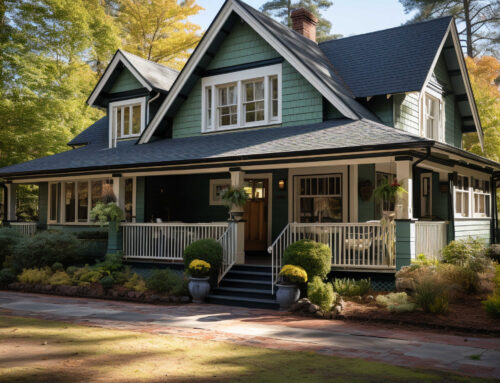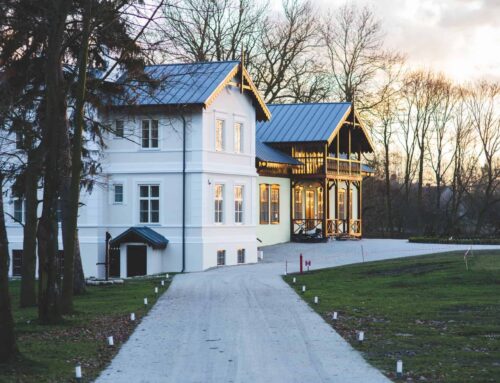Westwood Highlands Neighborhood Real Estate Report

Westwood Highlands Overview
Westwood Highlands is located in south central San Francisco and covers an area of 0.142 square miles. It has a lower population density (11,868 people / square mile) than the San Francisco average (18,879 people / square mile). To the north, is Sherwood Forest, to the east is Sunnyside, south of Westwood Highlands is Westwood Park, and to the west is Saint Francis Wood.
Westwood Highlands Real Estate Data
New listings provides insight into how many new listings appear on the MLS (Multiple Listing Service) in a given month/timeframe. A high number of new listings can be good for buyers as there is more inventory available. Conversely, more new listings can be a detriment to sellers who have more competition. New listings do not include properties offered off-market.
Pending sales is the number of properties on which offers have been accepted by the buyer in a given month. At this point, a contract has already been signed between the seller and the buyer but the sale has not yet closed. The property is then taken off of the active listing. Typically, it takes anywhere from a few days to several weeks for an offer to go from “under contract” to “pending” to “closed”.
Sold listings reflects the number of properties sold during the given timeframe.
Median sales price is the middle point for real estate prices. This shows the point at which half of the properties in the area sell at a higher price and other half at a lower price. By looking at the median sales price over time, you can see if prices are increasing or decreasing.
Days on market (DOM) is a strong indicator of whether you are in a buyer’s market or seller’s market. DOM starts when a property is listed on the market and ends once an offer goes pending (an offer has been accepted and all contingencies have been removed). A short number of days on market indicates high buyer demand, benefiting the seller. By contrast the higher the number of days on market, the more inventory is available benefitting the buyer.
Active listings refers to properties listed on a real estate listing portal (such as the MLS) that are available for sale at that point in time. This means that the seller is currently open to, or getting ready to take offers.
Average percent of original price shows the average of accepted price in percent of the list price. If it is above 100%, it means that most likely, desirable properties will sell for more than a list price. To calculate the average percent of original price, divide a sold price by its original list price, then take the average for all sold listings in a given month, not accounting for seller concessions. Average percent of original price can provide insight into how much a buyer should bid on a property or how much a seller is likely to receive.
Percent of properties sold over listed price is the percentage of properties that are sold for more than their last listing price. For example, out of 10 available listings, there were 8 properties that were sold for more than list price, therefore, it is considered 80 percent of properties sold over listed price. Knowing this vital information can help buyers and sellers get an insight on how to negotiate on pricing.
Percent of list price received is a ratio between the last list price and the final price. To calculate percent of list price received, all of the listing-level ratios are averaged to find the entire market’s average percent of list price. Since percent of list price received factors in a property’s final price, it can provide insight into how much a buyer should bid on a property or how much a seller is likely to receive for their property.
Months of Supply is a measure of how many months it would take for all the current homes for sale on the market to sell, given a monthly sales volume. This datapoint assumes no new homes come to market. Months of supply is a good indicator of whether a particular real estate market is a buyer’s market or a seller’s. A balanced market is somewhere between four and six months of supply. If it falls below four, sellers hold the stronger hand. If it goes above six, buyers are in a better position.
Median price per square foot is the middle price point between the higher half of the data and the lower half. This means half the homes sold was above the median and other half was sold below the median. Median price per square foot over time provides insight into whether the market is increasing or decreasing.
If you have questions about buying or selling a home, or are looking for an agent to represent you, please fill the contact form below:




